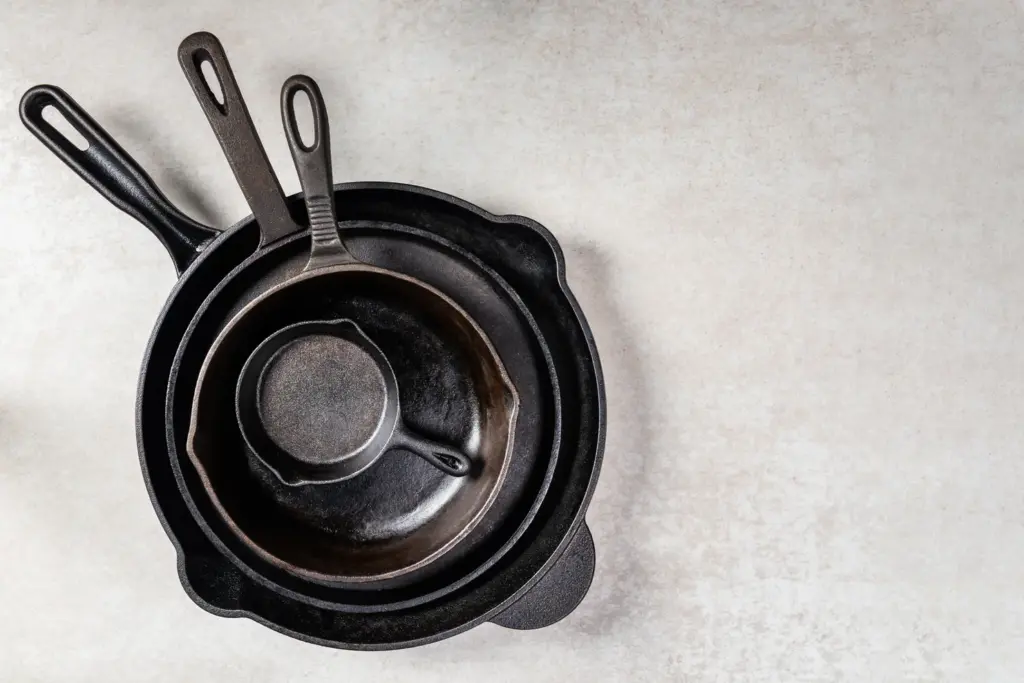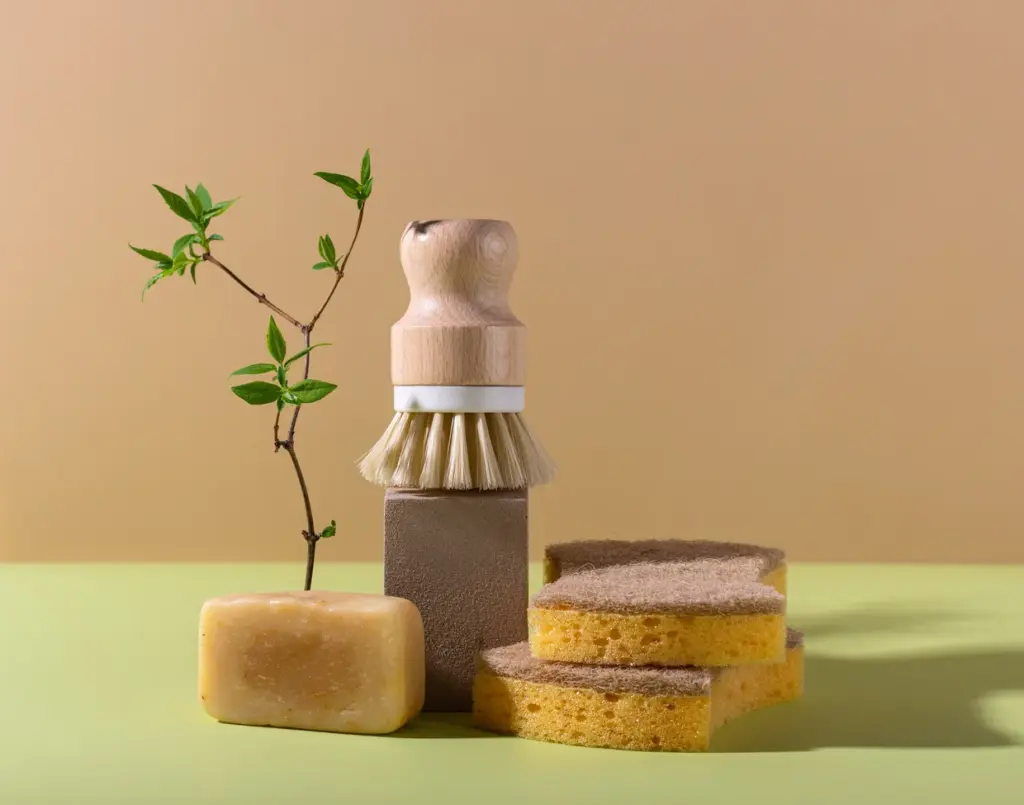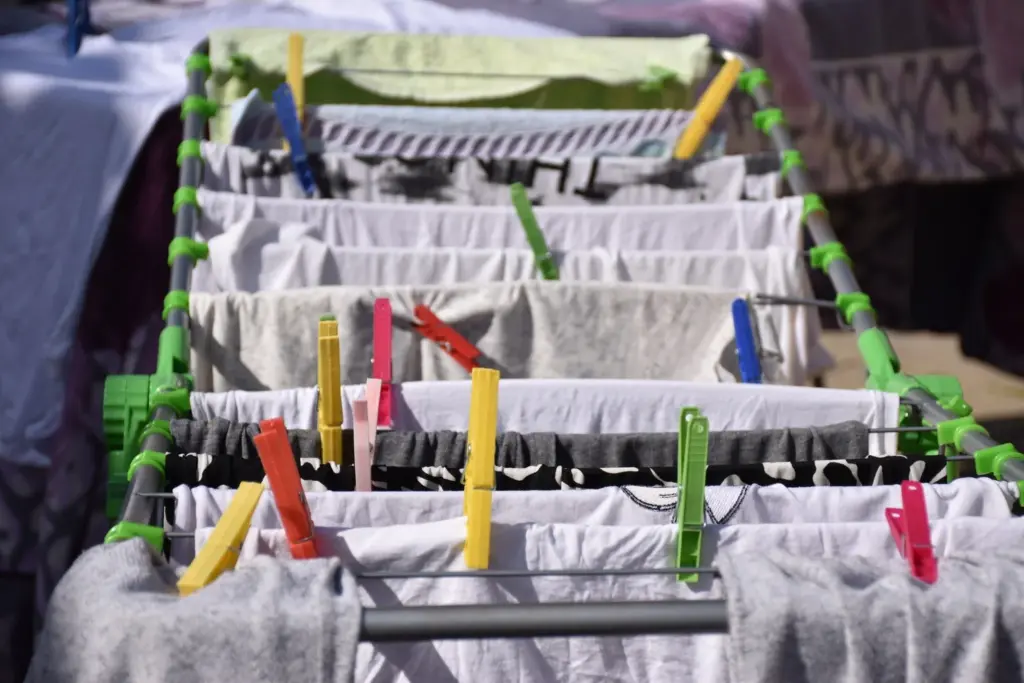Home Safety &Tech
Reducing Microplastics in Your Home: 2025 Guide

Minimizing microplastics in your home is crucial for protecting both your health and the environment. From altering your laundry routine to switching household products, these practical guide steps can help you reduce microplastic exposure in 2025. Here tips to reducing Microplastics in Your Home
Understanding the Microplastic Problem
Plastic is an integral part of modern life, providing convenience but also posing hidden dangers. Microplastics—tiny plastic particles less than 5 millimeters in size—are found in everyday items like synthetic fabrics, cleaning products, and even dust. The United Nations Environment Programme reports that over 460 million metric tons of plastic are produced annually, much of which eventually degrades into microplastics.
These particles, containing harmful chemicals like BPA and PFAS, are increasingly detected in drinking water, food, and even human bodies. Linked to developmental, reproductive, and hormonal health concerns, microplastics present a growing risk. Fortunately, by making mindful choices, you can reduce their presence in your home.
Reduce Single-Use Plastics
Single-use plastics, such as straws, food containers, and plastic bottles, are significant contributors to microplastic pollution. Some plastic water bottles contain up to 10,000 microplastic particles. While certain locations have imposed bans, individual action is crucial.
Steps to Reduce Single-Use Plastics:
- Opt for fresh produce and shop at farmers’ markets to minimize plastic packaging.
- Use reusable BPA-free water bottles.
- Bring fabric shopping bags instead of using plastic ones.
- Choose paper bags when available.
- Support zero-waste grocery stores and eco-friendly retailers.
- Replace disposable plastic straws with metal, glass, or bamboo alternatives.
Change Your Laundry Routine
Washing synthetic clothing releases hundreds of thousands of microplastic fibers per load. Making simple adjustments can significantly reduce fiber shedding.
Laundry Tips to Reduce Microplastics:
- Wash clothes less frequently and only in full loads with cold water on a short cycle.
- Choose natural fabrics like silk, wool, bamboo, organic cotton, and hemp over synthetics.
- Use unscented liquid detergent, as powder detergent can be abrasive.
- Install a microfiber-catching filter in your washing machine.
- Use a microfiber laundry bag to trap microplastics.
- Add a laundry ball to minimize fiber shedding.
- Avoid the delicate cycle, which uses more water.
- Air-dry clothes instead of using a dryer.
Install a Water Filtration System
Microplastics have been detected in nearly 95% of U.S. tap water samples, making filtration essential. The most effective solution is a reverse osmosis system, which uses a semi-permeable membrane to remove contaminants.
Water Filtration Options:
- Under-the-sink reverse osmosis systems ($200-$300) with an annual maintenance cost of $200-$300.
- Whole-house reverse osmosis systems (costing thousands) requiring professional installation.
Switch to Safer Cookware
Nonstick cookware, particularly Teflon-coated pans, can release millions of microplastic particles when scratched or heated. Safer alternatives include:
- Cast iron

- Ceramic
- Carbon steel
- Stainless steel
Choose Eco-Friendly Cleaning Supplies

Conventional cleaners contain toxic chemicals and often come in plastic containers that shed microplastics over time. Instead, opt for EPA-approved eco-friendly brands or DIY solutions like baking soda and vinegar.
Sustainable Cleaning Alternatives:
- Sponges: Replace melamine foam sponges (e.g., Magic Erasers) with Swedish dishcloths, cellulose sponges, or hemp sponges.
- Scrubbers: Use coconut scrubbers, bamboo brushes, or loofahs instead of plastic-based scrubbers.
- Cloths: Avoid microfiber dishcloths, which shed microplastics, and switch to organic cotton or hemp cloths.
Take Action for a Healthier Home
Reducing microplastics is achievable through simple lifestyle changes. By limiting plastic use, improving laundry habits, installing water filters, choosing safe cookware, and using sustainable cleaning supplies, you can protect your home, health, and the environment.
Start making these changes today to reduce your exposure to microplastics and create a healthier, more sustainable living space.
Read More : https://myhomecareworld.com/designing-the-ultimate-teen-hangout-a-modern-garage-makeover/

